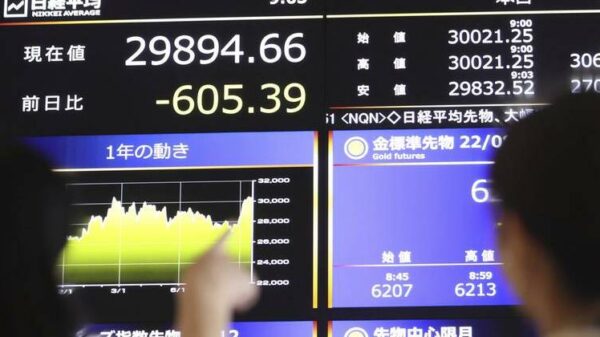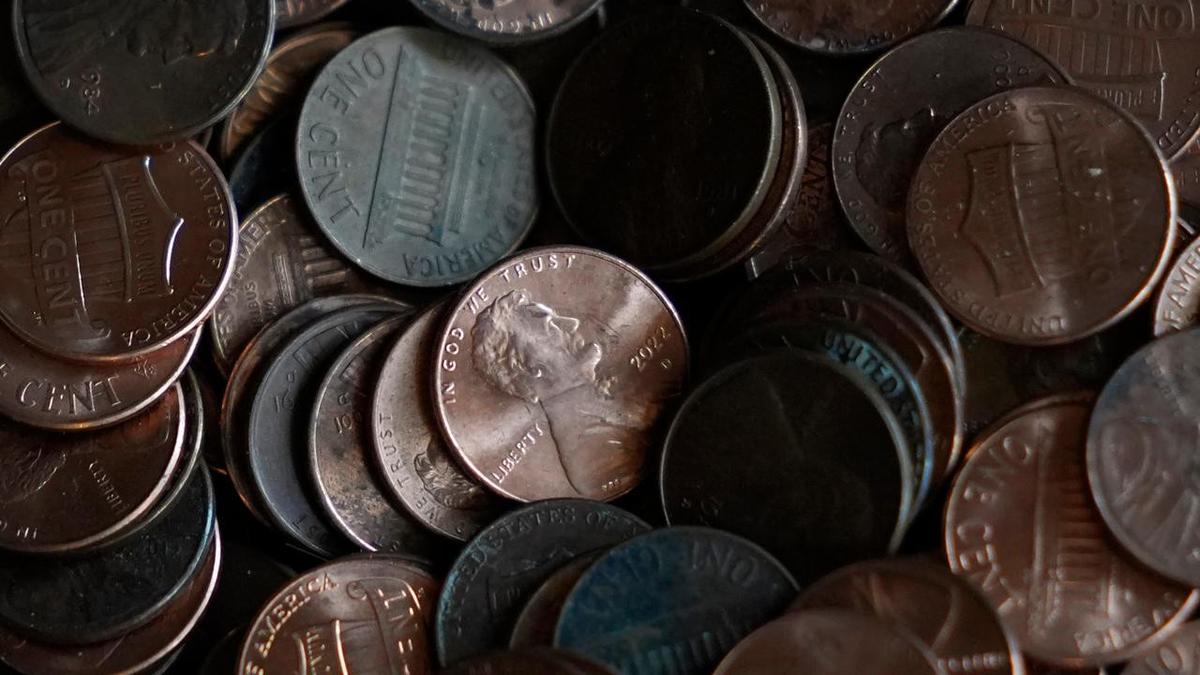UPDATE: The US Treasury is preparing to mint its final one-cent coin, or penny, as rising production costs render the iconic currency unsustainable. Treasury Secretary Scott Bessent and Treasurer Brandon Beach will oversee the historic event at the Philadelphia Mint later today, marking the end of an era that began in 1793.
The decision follows directives from US President Donald Trump, who in February labeled the penny’s production as “wasteful.” This move is set to reshape cash transactions across the nation as retailers from service stations to fast-food chains begin adjusting prices and rounding cash transactions.
Production costs for pennies have skyrocketed to 3.69 US cents each, a dramatic increase from 1.42 US cents just a decade ago. The Treasury estimates that halting penny production will save the US Mint approximately $56 million annually. The move comes in response to changing consumer habits and the growing prevalence of digital payments.
Despite the cessation of penny production, the coin will remain legal tender, with an estimated 300 billion pennies currently circulating, far exceeding the amount needed for day-to-day commerce. “Sad to see the penny go, but it was inevitable given rising costs,” said Gabriel Mathy, a professor at American University. He noted that while the penny may soon be phased out, many Americans might still hold onto their coins as keepsakes or for luck.
The United States joins a growing list of countries, including Canada, Australia, Ireland, and New Zealand, which have also phased out low-value coins, opting instead to round cash transactions to the nearest five cents while keeping electronic payments precise.
Historically, a penny could purchase items like biscuits or candy, but today, they often gather dust in drawers or are collected as lucky charms. In the fiscal year 2024, pennies accounted for a staggering 57 percent of the Mint’s total production, which reached 5.61 billion circulating coins.
While the Mint will cease regular production of pennies, it will continue to produce collector versions in limited quantities, ensuring that a piece of this American history remains accessible. Supporters of the penny argue it plays a crucial role in keeping consumer prices stable and serves as a source of income for charities.
As this developing story unfolds, consumers and businesses alike are left to navigate the implications of a penny-less future, fundamentally altering how cash transactions will be conducted in the United States. What happens next remains to be seen, but the financial landscape is poised for significant change.



































































